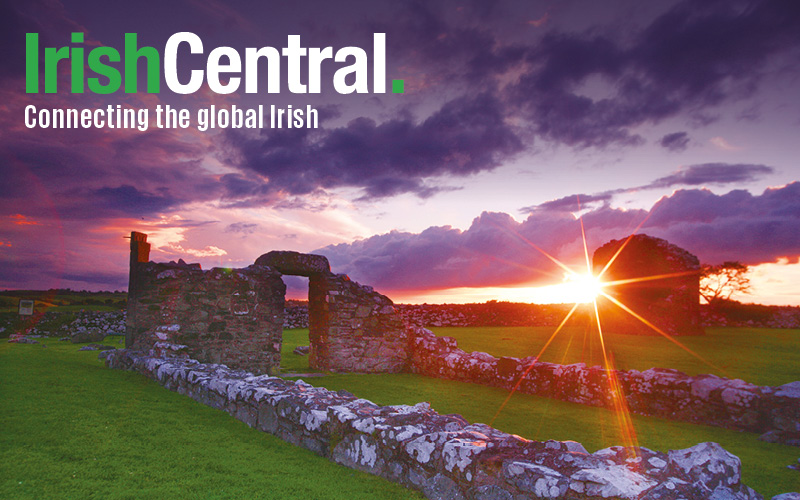While many know the top tourist attractions in Ireland, from the Guinness Storehouse to the Cliffs of Moher, how many of these hidden gems in Ireland were you aware of?
An official Fáilte Ireland National Tour Guide, Dermot Buckley, divulges his ten must-see 'off the beaten track' places to visit in Ireland.
For more hidden gems, take a look at IrishCentral's series on Ireland's Travel Secrets.
40 Foot Cove, County Dublin
Found in Sandycove, at the southern part of Dublin Bay, the 40-foot cove is one of the must-see attractions when you pay a visit to Ireland.
Hidden in the rock-strewn coast, it had a great influence on Irish writer James Joyce and the nearby tower features in his most famous work “Ulysses.”
Read more: Secret favorite spots in Dublin
Leap Castle, County Offaly
Known as Ireland’s most haunted castle and one of the longest continually inhabited castles in Ireland, Leap Castle has a rich and fascinating history. It was used to guard the pass through the Slieve Bloom mountains.
Read more: Leap Castle is the Most Haunted Castle in Ireland and this story proves it
Comeragh drive and Nire Valley, County Waterford
The Comeragh Mountain and Nire Valley Drives embrace the scenery and splendor of the mountains which form the spine of County Waterford. Highlights on this drive include pre-historic sites, standing stones, and cairns at Kilbrien.
Read more: A road to nowhere - the mountains and historic towns of Munster
Drombeg Stone Circle, County Cork
Drombeg is probably Ireland’s most famous stone circle. Stone circles were places of ritual and ceremony in the later Bronze Age period (c. 1500 BC - 600 BC) and were usually associated with human burial.
Skellig Michael and Skellig Ring, County Kerry
Just a short trip by ferry Skellig islands are world-famous. Skellig Michael is known throughout the world of archaeology as the site of a well-preserved monastic outpost of the early Christian period – now designated a UNESCO World Heritage Site. The Skellig Ring scenic drive is, without a doubt, the best section of the world-famous Ring of Kerry.
Read more: Top best wild places in Ireland
Loop Head and lighthouse, County Clare
The scenic round trip Loop Head drive which starts from Kilkee leads along the spectacular rugged coastline to Loop Head lighthouse. As well as breathtaking cliff walks with views of wild scenery, ruined promontory forts, and early oratories there are many more sights not to miss.
Read more: Travelers can now stay in one of Ireland’s great lighthouses
The Burren, County Clare
The Burren literally means “rocky place.” One of the smallest national parks in Ireland, it is also a place of great historical and geological interest. It’s the perfect environment for long walks and is a favorite amongst hikers and amateur naturalists alike.
Read more: 325 million-year-old fossil discovered in County Clare
The Aran Islands, County Galway
Just a short trip by ferry to the Aran Islands you can explore their rich landscapes to your heart’s content discover the history of the people who began living there as long as 4,000 years ago. You can also explore some truly beautiful old churches and Dún Aonghas a prehistoric fort perched on 100 meter high cliffs and offers commanding views of the island.
Read more: West of Ireland islands voted among the best in the world
Grianan of Aileach, County Donegal
The stone fort of Grianán of Aileach sits on a hilltop in Inishowen, County Donegal, 250 meters above sea level. The origins of the Grianán of Aileach fort are dated back to 1700 BC. It is linked to the Tuatha de Danann who invaded Ireland before the Celts and built stone forts on top of strategic hills.
Read more: Ancient Irish fort featured on 140AD Ptolemy map of Ireland
Slieve League sea cliffs, County Donegal
The highest accessible sea cliffs in Europe, almost twice as high as the Eiffel Tower and over twice as high as the Cliffs of Moher rising 1972 feet from the Atlantic. It is now possible to drive almost to the highest point as much work has been carried out in recent years.
Read more: A gal's solo trip to Ireland
* Originally published in November 2014.




Comments